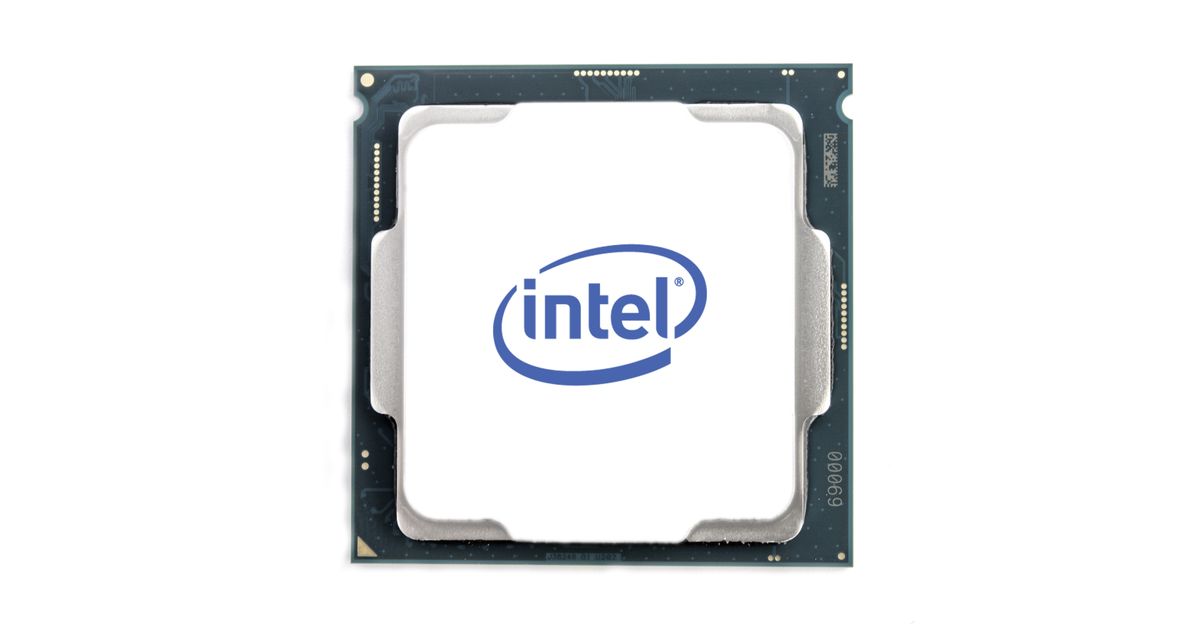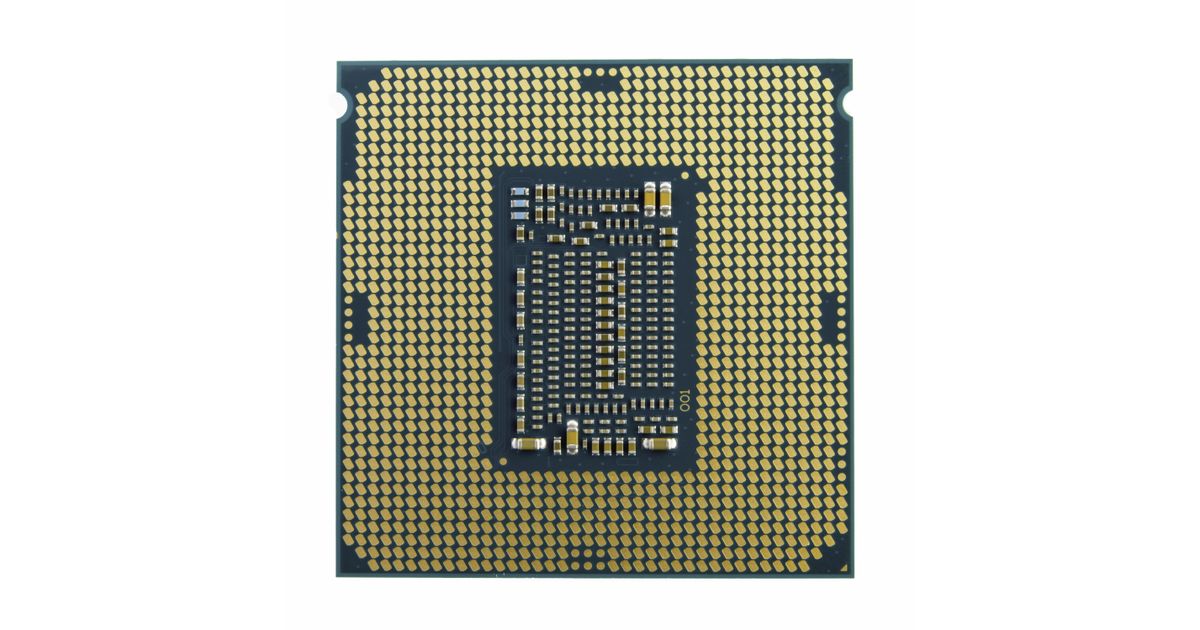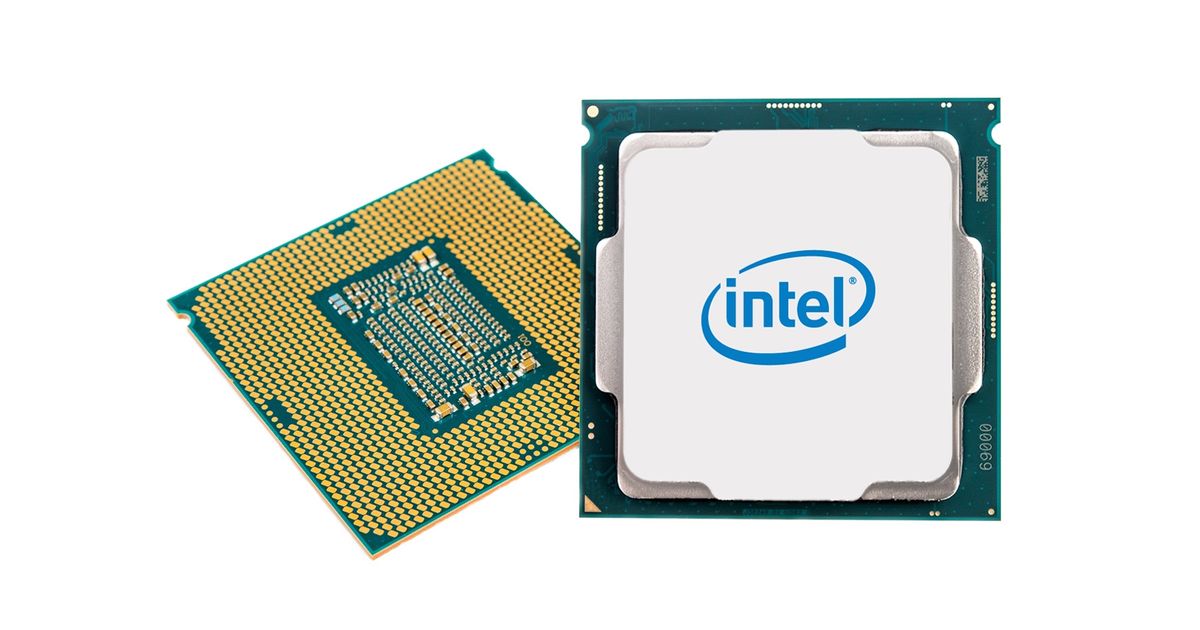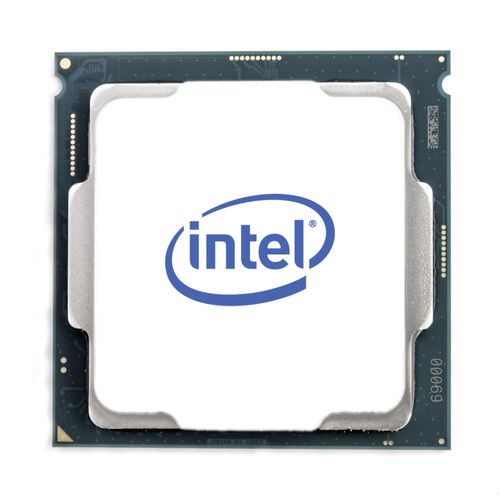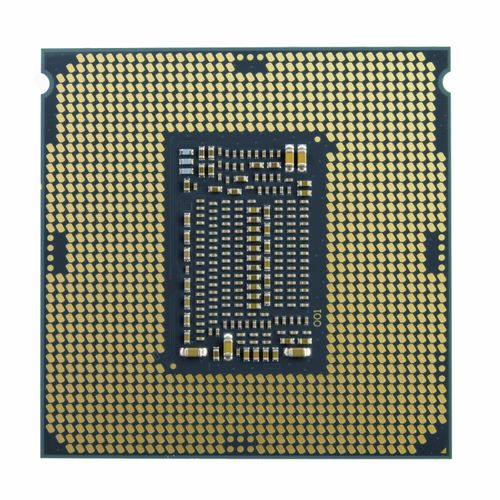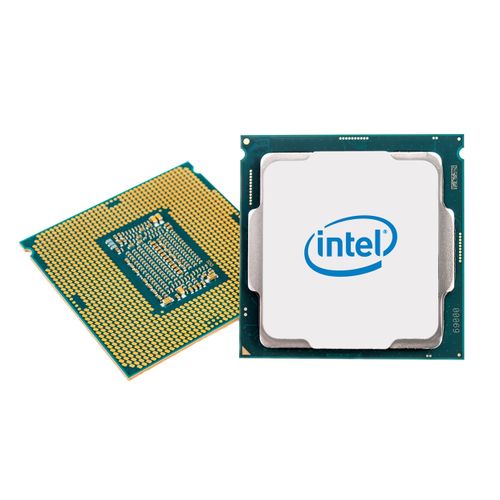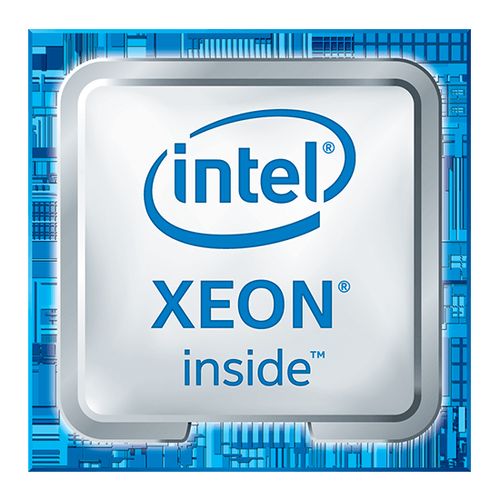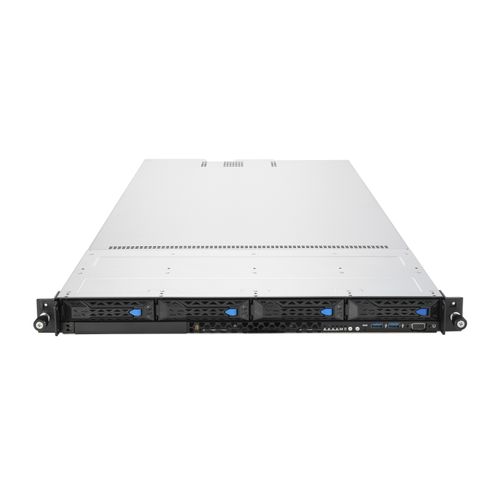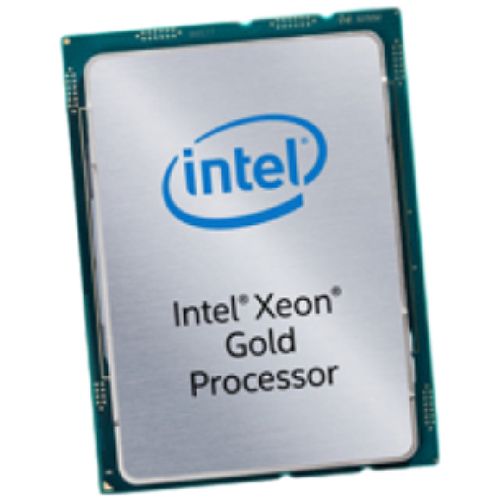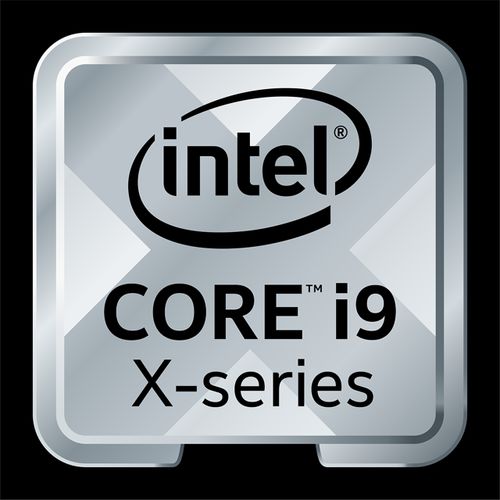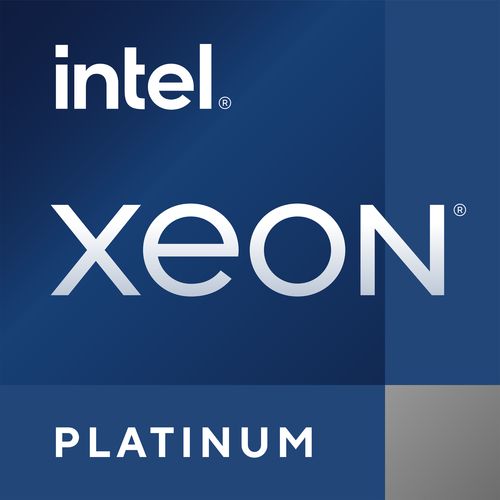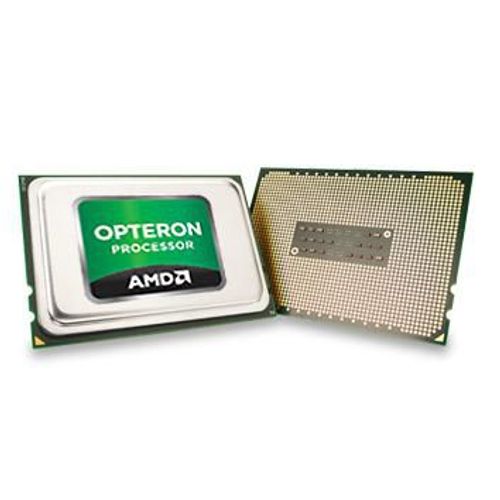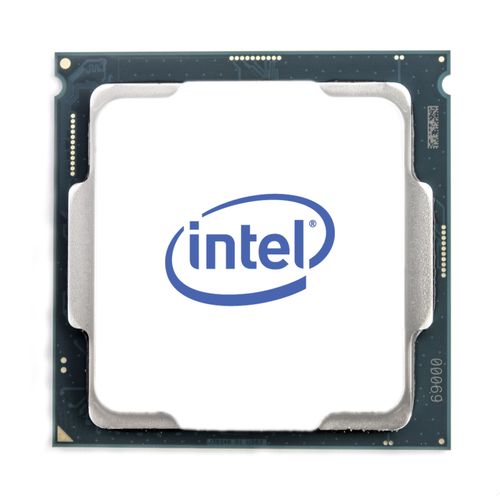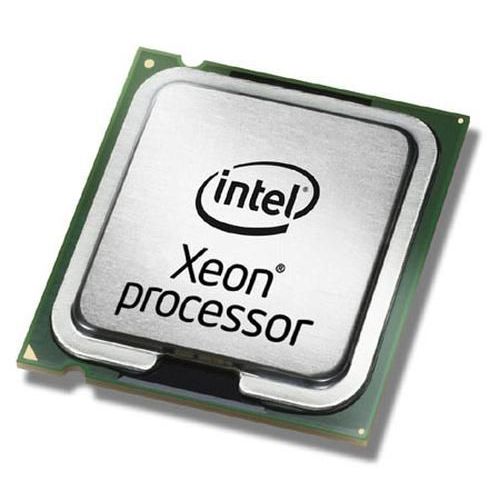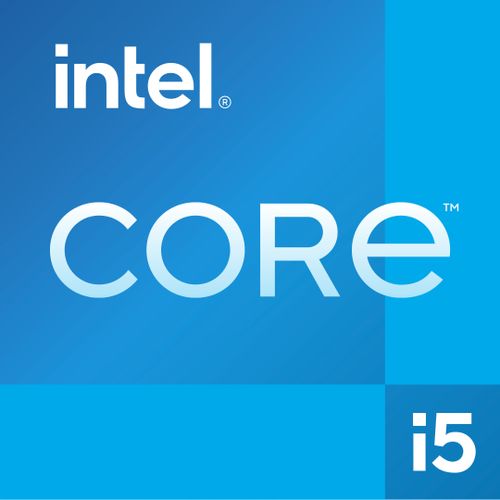For illustrative purpose only
Lenovo Xeon Silver 4310 processor 2.1 GHz 18 MB Smart Cache
Lenovo Xeon Silver 4310, Intel Xeon Silver, LGA 4189, 10 nm, Intel, 2.1 GHz, 64-bit
Read more...
Read more...
| Select | Supplier | Availability | Price | ETA |
|---|---|---|---|---|
| J1 | 1 | 1 021.30 € | ~ Fr 11.04 | |
| E1 | 3 | 1 258.31 € | Ask for availability |
Estimated delivery time of the product from selected supplier: ~ Fr 11.04
1 021.30 €
tk
Returns Policy
14-day money back guaranteeFlexible Payment Options
- Payment by invoice or e-invoice possible for individuals, companies and public authorities
- Payment via bank link - Coop, LHV, SEB, Swedbank, Luminor, Citadele
- Credit card payment
Pay later or in installments
Installment calculator
-
MTS Järelmaks
100 € - 10 000 € -
Liisi Järelmaks
10 € - 25 000 € -
Inbank järelmaks
100 € - 10 000 € -
LHV Järelmaks
50 € - 15 000 €
Monthly payment:
31.40 €
All calculations made on the calculator supplied on this site are guidelines only and are subject to confirmation at the time of finalising any transactions.
Product Information
| Information | |
|---|---|
| Manufacturer | Lenovo |
| Product code | 165623733 |
| EAN | 00889488531455 |
| Manufacturer part number | 4XG7A63468 |
| Category | Processors |
| Processor | |
|---|---|
| Processor family | Intel Xeon Silver |
| Processor cores | 12 |
| Processor socket | LGA 4189 |
| Processor lithography | 10 nm |
| Box | N |
| Cooler included | N |
| Processor manufacturer | Intel |
| Processor model | 4310 |
| Processor base frequency | 2.1 GHz |
| Processor operating modes | 64-bit |
| Processor generation | 3rd Generation Intel® Xeon® Scalable |
| Processor threads | 24 |
| System bus rate | 10.4 GT/s |
| Processor boost frequency | 3.3 GHz |
| Processor cache | 18 MB |
| Processor cache type | Smart Cache |
| Thermal Design Power (TDP) | 120 W |
| Stepping | M1 |
| Processor codename | Ice Lake |
| Maximum internal memory supported by processor | 6144 GB |
| Maximum number of PCI Express lanes | 64 |
| PCI Express slots version | 4.0 |
| Design | |
|---|---|
| Component for | Server/workstation |
| Processor special features | |
|---|---|
| Processor ARK ID | 215277 |
| Execute Disable Bit | Y |
| Supported instruction sets | AVX, AVX 2.0, AVX-512, SSE4.2 |
| Intel® Hyper Threading Technology (Intel® HT Technology) | Y |
| Intel® Turbo Boost Technology | 2.0 |
| Intel® AES New Instructions (Intel® AES-NI) | Y |
| Intel Trusted Execution Technology | Y |
| Intel® Speed Shift Technology | Y |
| Intel VT-x with Extended Page Tables (EPT) | Y |
| Intel Software Guard Extensions (Intel SGX) | Y |
| Intel 64 | Y |
| Intel Virtualization Technology (VT-x) | Y |
| Intel Virtualization Technology for Directed I/O (VT-d) | Y |
| AVX-512 Fused Multiply-Add (FMA) units | 2 |
| Intel® Deep Learning Boost (Intel® DL Boost) | Y |
| Intel® Resource Director Technology (Intel® RDT) | Y |
| Intel® Volume Management Device (VMD) | Y |
| Mode-based Execute Control (MBE) | Y |
| Processor package size | 77.5 x 56.5 mm |
| Memory | |
|---|---|
| Memory channels | Octa-channel |
| Memory types supported by processor | DDR4-SDRAM |
| Memory clock speeds supported by processor | 2667 MHz |
| ECC | Y |
| Graphics | |
|---|---|
| On-board graphics adapter | N |
| Discrete graphics adapter | N |
| On-board graphics adapter model | Not available |
| Discrete graphics adapter model | Not available |
| Features | |
|---|---|
| Market segment | Server |
| Scalability | 2S |
| Harmonized System (HS) code | 85423119 |
| Operational conditions | |
|---|---|
| Tcase | 82 °C |
| Performance | |
|---|---|
| Compatibility | Lenovo ThinkAgile HX5530, Lenovo ThinkAgile HX5531, Lenovo ThinkAgile HX7530, Lenovo ThinkAgile HX7531 |
Product Description
Intel® Turbo Boost Technology
Intel® Turbo Boost Technology dynamically increases the processor's frequency as needed by taking advantage of thermal and power headroom to give you a burst of speed when you need it, and increased energy efficiency when you don’t.
Intel® Hyper-Threading Technology
Intel® Hyper-Threading Technology (Intel® HT Technology) delivers two processing threads per physical core. Highly threaded applications can get more work done in parallel, completing tasks sooner.
Intel® Virtualization Technology (VT-x)
Intel® Virtualization Technology (VT-x) allows one hardware platform to function as multiple “virtual” platforms. It offers improved manageability by limiting downtime and maintaining productivity by isolating computing activities into separate partitions.
Intel® Virtualization Technology for Directed I/O (VT-d)
Intel® Virtualization Technology for Directed I/O (VT-d) continues from the existing support for IA-32 (VT-x) and Itanium® processor (VT-i) virtualization adding new support for I/O-device virtualization. Intel VT-d can help end users improve security and reliability of the systems and also improve performance of I/O devices in virtualized environments.
Intel® VT-x with Extended Page Tables (EPT)
Intel® VT-x with Extended Page Tables (EPT), also known as Second Level Address Translation (SLAT), provides acceleration for memory intensive virtualized applications. Extended Page Tables in Intel® Virtualization Technology platforms reduces the memory and power overhead costs and increases battery life through hardware optimization of page table management.
Intel® 64
Intel® 64 architecture delivers 64-bit computing on server, workstation, desktop and mobile platforms when combined with supporting software.¹ Intel 64 architecture improves performance by allowing systems to address more than 4 GB of both virtual and physical memory.
Instruction Set
An instruction set refers to the basic set of commands and instructions that a microprocessor understands and can carry out. The value shown represents which Intel’s instruction set this processor is compatible with.
Instruction Set Extensions
Instruction Set Extensions are additional instructions which can increase performance when the same operations are performed on multiple data objects. These can include SSE (Streaming SIMD Extensions) and AVX (Advanced Vector Extensions).
# of AVX-512 FMA Units
Intel® Advanced Vector Extensions 512 (AVX-512), new instruction set extensions, delivering ultra-wide (512-bit) vector operations capabilities, with up to 2 FMAs (Fused Multiply Add instructions), to accelerate performance for your most demanding computational tasks.
Intel® Speed Shift Technology
Intel® Speed Shift Technology uses hardware-controlled P-states to deliver dramatically quicker responsiveness with single-threaded, transient (short duration) workloads, such as web browsing, by allowing the processor to more quickly select its best operating frequency and voltage for optimal performance and power efficiency.
Intel® Deep Learning Boost (Intel® DL Boost)
A new set of embedded processor technologies designed to accelerate AI deep learning use cases. It extends Intel AVX-512 with a new Vector Neural Network Instruction (VNNI) that significantly increases deep learning inference performance over previous generations.
Intel® Resource Director Technology (Intel® RDT)
Intel® RDT brings new levels of visibility and control over how shared resources such as last-level cache (LLC) and memory bandwidth are used by applications, virtual machines (VMs) and containers.
Intel® Volume Management Device (VMD)
Intel® Volume Management Device (VMD) provides a common, robust method of hot plug and LED management for NVMe-based solid state drives.
Intel® Turbo Boost Technology dynamically increases the processor's frequency as needed by taking advantage of thermal and power headroom to give you a burst of speed when you need it, and increased energy efficiency when you don’t.
Intel® Hyper-Threading Technology
Intel® Hyper-Threading Technology (Intel® HT Technology) delivers two processing threads per physical core. Highly threaded applications can get more work done in parallel, completing tasks sooner.
Intel® Virtualization Technology (VT-x)
Intel® Virtualization Technology (VT-x) allows one hardware platform to function as multiple “virtual” platforms. It offers improved manageability by limiting downtime and maintaining productivity by isolating computing activities into separate partitions.
Intel® Virtualization Technology for Directed I/O (VT-d)
Intel® Virtualization Technology for Directed I/O (VT-d) continues from the existing support for IA-32 (VT-x) and Itanium® processor (VT-i) virtualization adding new support for I/O-device virtualization. Intel VT-d can help end users improve security and reliability of the systems and also improve performance of I/O devices in virtualized environments.
Intel® VT-x with Extended Page Tables (EPT)
Intel® VT-x with Extended Page Tables (EPT), also known as Second Level Address Translation (SLAT), provides acceleration for memory intensive virtualized applications. Extended Page Tables in Intel® Virtualization Technology platforms reduces the memory and power overhead costs and increases battery life through hardware optimization of page table management.
Intel® 64
Intel® 64 architecture delivers 64-bit computing on server, workstation, desktop and mobile platforms when combined with supporting software.¹ Intel 64 architecture improves performance by allowing systems to address more than 4 GB of both virtual and physical memory.
Instruction Set
An instruction set refers to the basic set of commands and instructions that a microprocessor understands and can carry out. The value shown represents which Intel’s instruction set this processor is compatible with.
Instruction Set Extensions
Instruction Set Extensions are additional instructions which can increase performance when the same operations are performed on multiple data objects. These can include SSE (Streaming SIMD Extensions) and AVX (Advanced Vector Extensions).
# of AVX-512 FMA Units
Intel® Advanced Vector Extensions 512 (AVX-512), new instruction set extensions, delivering ultra-wide (512-bit) vector operations capabilities, with up to 2 FMAs (Fused Multiply Add instructions), to accelerate performance for your most demanding computational tasks.
Intel® Speed Shift Technology
Intel® Speed Shift Technology uses hardware-controlled P-states to deliver dramatically quicker responsiveness with single-threaded, transient (short duration) workloads, such as web browsing, by allowing the processor to more quickly select its best operating frequency and voltage for optimal performance and power efficiency.
Intel® Deep Learning Boost (Intel® DL Boost)
A new set of embedded processor technologies designed to accelerate AI deep learning use cases. It extends Intel AVX-512 with a new Vector Neural Network Instruction (VNNI) that significantly increases deep learning inference performance over previous generations.
Intel® Resource Director Technology (Intel® RDT)
Intel® RDT brings new levels of visibility and control over how shared resources such as last-level cache (LLC) and memory bandwidth are used by applications, virtual machines (VMs) and containers.
Intel® Volume Management Device (VMD)
Intel® Volume Management Device (VMD) provides a common, robust method of hot plug and LED management for NVMe-based solid state drives.
Related products
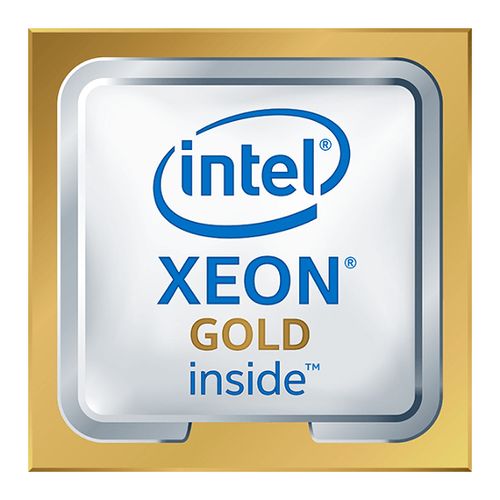 Intel Xeon 5120 processor 2.2 GHz 19.25 MB L3 Box
Intel Xeon 5120 processor 2.2 GHz 19.25 MB L3 Box
Al. 1 568.46 €
